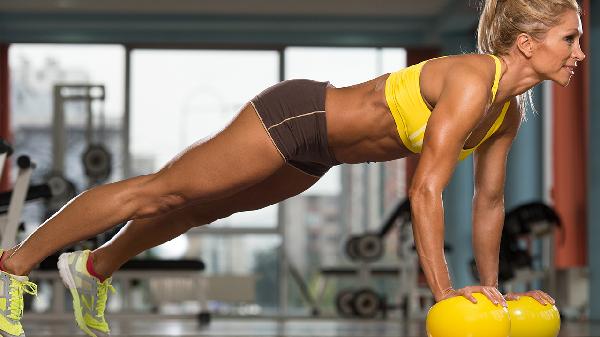Kettlebell swings are one of the most efficient full-body exercises you can do, packing strength, endurance, and power into a single explosive movement. Whether you're a seasoned lifter or just starting out, mastering this dynamic exercise can transform your fitness game—if you do it right.
The Science Behind the Swing
At its core, the kettlebell swing is a hip-dominant movement that engages your posterior chain—the muscles running from your hamstrings up through your glutes and into your lower back. But it’s not just about brute strength. The swing also requires coordination, timing, and control, making it a killer combo of strength and conditioning. Research shows that kettlebell training can improve everything from grip strength to cardiovascular endurance, all while torching calories. And because it’s a ballistic movement (meaning you’re generating force quickly), it helps develop explosive power—something that translates to better performance in sports, lifting, and even everyday activities like picking up heavy groceries or chasing after your dog.
Setting Up for Success
Before you even grab the kettlebell, you need to nail your stance. Stand with your feet shoulder-width apart, toes slightly turned out. The kettlebell should be about a foot in front of you. Hinge at your hips (not your waist!) and grip the handle with both hands, keeping your back flat and chest up. This is your starting position. From here, the movement should come from your hips—not your arms. Think of the kettlebell as an extension of your body, not something you’re lifting with your shoulders. The power comes from snapping your hips forward, not yanking the weight up with your arms. If you’re doing it right, your arms should feel like they’re just along for the ride.
The Common Mistakes That Wreck Your Swing
Even seasoned lifters mess this up sometimes. One of the biggest mistakes? Using too much arm. If your shoulders are burning more than your glutes, you’re doing it wrong. Another common error is rounding your back, which puts unnecessary stress on your spine. And then there’s the dreaded "squat swing"—where people bend their knees too much, turning the hip hinge into a squat. That not only takes the emphasis off your posterior chain but also makes the movement less efficient. Finally, going too heavy too soon is a recipe for disaster. Start light, focus on form, and gradually increase the weight as you get comfortable with the movement pattern.
Progressions and Variations
Once you’ve mastered the basic two-handed swing, you can level up with variations like the single-arm swing, which challenges your core stability even more. There’s also the alternating swing, where you switch hands mid-air—great for improving coordination. For an extra challenge, try the American swing, where you bring the kettlebell overhead (though this version is more shoulder-intensive and not recommended for beginners). And if you really want to test your endurance, incorporate swings into high-intensity circuits, pairing them with moves like burpees or goblet squats for a full-body burner.
How to Program Kettlebell Swings
Kettlebell swings work well in just about any training split. For strength, aim for heavier weights and lower reps (think 3-5 sets of 8-12 reps). For conditioning, go lighter but increase the volume—something like 10 sets of 15-20 reps with short rest periods. You can also use them as a finisher at the end of a workout, blasting through 50-100 reps in as few sets as possible. Just remember: quality over quantity. If your form starts breaking down, it’s time to call it a day.
At the end of the day, kettlebell swings are a powerhouse move that can take your fitness to the next level—if you respect the technique. Master the basics, avoid the common pitfalls, and you’ll be swinging your way to a stronger, more explosive body in no time.
























